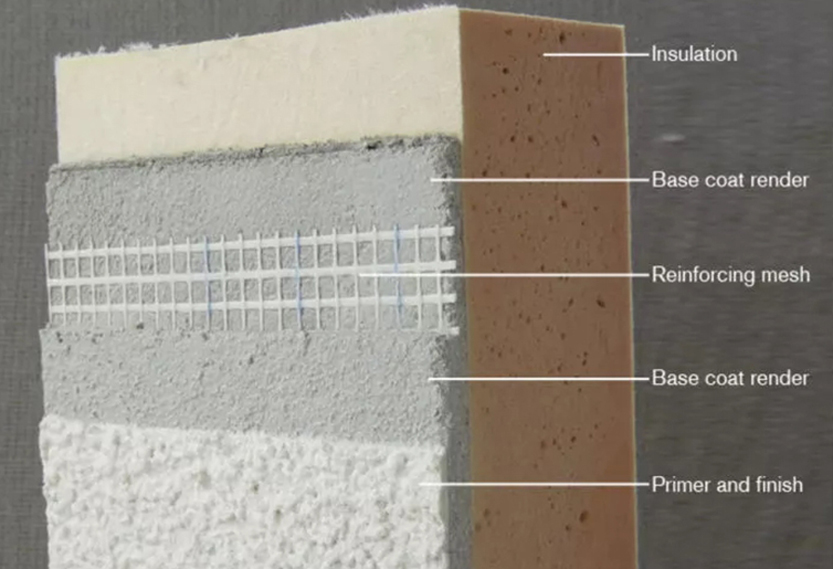
Nov . 09, 2024 12:17 Back to list
Applications and Benefits of Hydroxypropyl Methyl Cellulose in Various Industries
The Versatile Uses of Hydroxypropyl Methyl Cellulose
Hydroxypropyl methyl cellulose (HPMC) is a synthetic polymer derived from cellulose, which is one of the most abundant organic compounds on Earth. HPMC is widely recognized for its versatility and utility across a multitude of industries. This renewable ingredient, primarily used as a thickening, binding, and film-forming agent, offers unique properties that enhance product performance. In this article, we will explore the diverse applications of HPMC, underscoring its significance in various fields.
1. Pharmaceutical Applications
One of the most critical uses of HPMC is in the pharmaceutical industry. It plays a vital role in drug formulation, particularly in controlled-release medication. By modifying the viscosity of formulations, HPMC enables the gradual release of active ingredients into the bloodstream, improving the effectiveness and consistency of therapies. Additionally, HPMC is utilized as a binder in tablet formulations, ensuring that the various components adhere together, thus enhancing the structural integrity of drugs.
Another noteworthy application is in the production of eye drops and other ophthalmic solutions. Its ability to increase viscosity makes HPMC a perfect candidate for stabilizing these solutions, providing a longer retention time on the eye surface, which is crucial for effective treatment. Moreover, its mucoadhesive properties enable better adhesion to biological membranes, further improving drug delivery systems.
2. Food Industry
HPMC is extensively used in the food sector as a food additive. It serves as a thickening and emulsifying agent, enhancing the texture and stability of various products, including sauces, dressings, and baked goods. In gluten-free and low-fat formulations, HPMC helps mimic the properties of gluten and fats, improving the mouthfeel and overall quality of these items. It is also used as a fat replacer in certain products, allowing for reduced calories without sacrificing taste or texture.
In addition, HPMC is often employed in the production of ice cream and frozen desserts, providing a creamy texture and preventing ice crystal formation. Its stabilizing properties also help maintain the integrity of packaged foods, prolonging shelf life and ensuring product quality.
3. Construction Industry
hydroxypropyl methyl cellulose uses

In construction, HPMC is primarily utilized in cement, tile adhesives, and drywall compounds. Its ability to retain water enhances the workability and adhesion strength of these materials, making it a crucial additive. By improving the viscosity and rheological properties of cementitious mixtures, HPMC ensures smoother applications and better finish quality.
Furthermore, HPMC aids in controlling the setting time of mortars and plasters, allowing for improved working conditions. Its water retention capability prevents rapid drying, reducing the risk of cracking and ensuring durability in the final structure.
4. Personal Care Products
The personal care industry has also benefited significantly from the unique properties of HPMC. In cosmetic formulations, it is commonly used as a thickener, stabilizer, and emulsifier. Products such as lotions, creams, and hair gels incorporate HPMC to achieve the desired consistency and stability, enhancing performance and aesthetics.
HPMC is also found in various cleansing products, where it helps to improve texture and foam quality, contributing to an overall better user experience. Its skin-friendly attributes make it a preferred ingredient in products designed for sensitive skin, as it is non-irritating and often hypoallergenic.
5. Environmental Applications
With the rise in environmental consciousness, HPMC has found its place in sustainable practices. It is biodegradable and can replace more harmful synthetic polymers in various applications. In agriculture, HPMC is used in coatings for seeds, helping to control moisture and protect seeds from diseases. Its biodegradable nature aligns with the key principles of sustainable agriculture, benefitting both crop yield and environmental health.
Conclusion
Hydroxypropyl methyl cellulose is a remarkably versatile ingredient with applications spanning across multiple industries. From pharmaceuticals to food products, construction materials, personal care items, and environmental solutions, HPMC plays a vital role in enhancing product performance and quality. As technology and innovation continue to advance, the potential for HPMC is ever-growing, promising exciting developments in its uses and formulations in the future.
-
Versatile Hpmc Uses in Different Industries
NewsJun.19,2025
-
Redispersible Powder's Role in Enhancing Durability of Construction Products
NewsJun.19,2025
-
Hydroxyethyl Cellulose Applications Driving Green Industrial Processes
NewsJun.19,2025
-
Exploring Different Redispersible Polymer Powder
NewsJun.19,2025
-
Choosing the Right Mortar Bonding Agent
NewsJun.19,2025
-
Applications and Significance of China Hpmc in Modern Industries
NewsJun.19,2025







